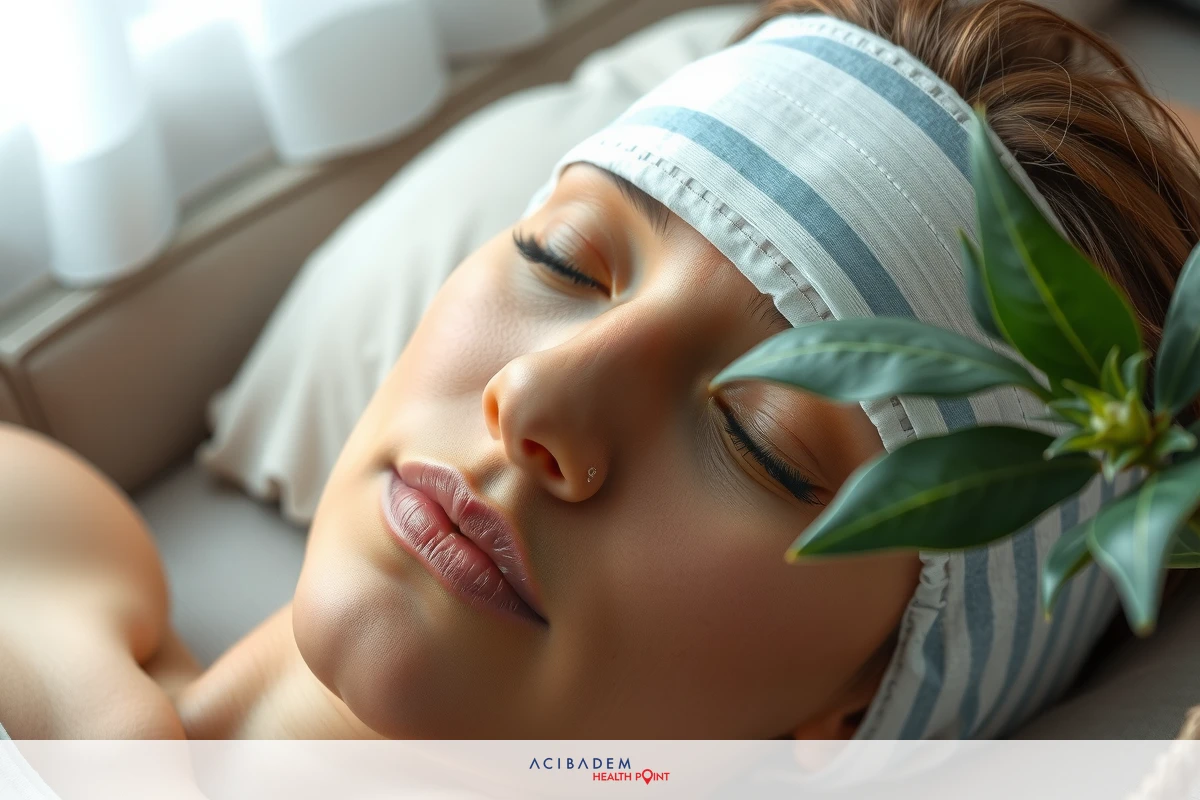Are There Stitches Insidde Nose After Open Rhinoplasty
Are There Stitches Insidde Nose After Open Rhinoplasty Open rhinoplasty, a prevalent technique for nasal reshaping surgery, often involves the placement of stitches inside the nose. These seemingly small surgical components play an essential role in facilitating proper post-operative healing. They secure newly adjusted tissues, providing stability during the initial recovery period.
Many patients find themselves pondering about these stitches. From their purpose to their timeline for removal – questions abound. The presence and location of these sutures become subjects of curiosity and sometimes concern among individuals who undergo this procedure. An informed understanding can alleviate such concerns while promoting better preparedness for what to expect in terms of post-surgical care and healing.
Are There Stitches Insidde Nose After Open Rhinoplasty Purpose of Stitches
During an open rhinoplasty, the surgeon makes an incision on the columella – that’s the soft tissue separating your nostrils. This allows better visibility and access to underlying nasal structures. After necessary adjustments are made, stitches are used to close these surgical wounds; they act as a bridge connecting separated tissues. The presence of stitches inside the nose after surgery is a routine part of this process.
While it might seem like a mere mechanical aspect of surgery, their role extends beyond just wound closure in post-surgery healing. Stitches keep everything in place during those crucial first few days when swelling and inflammation can cause tissues to shift. They’re akin to scaffolding on a construction site; offering stability while the body does its intricate work of repair and regeneration.
Yet another critical function stitches serve is minimizing scar formation following open rhinoplasty. By holding skin edges together closely, they facilitate healing by primary intention which leaves minimal scars compared to secondary intention where wound edges aren’t approximated directly. Therefore, not only do stitches aid in proper alignment and stabilization but also contribute significantly towards aesthetic outcomes post-rhinoplasty.
Placement of Stitches
Stitch placement in open rhinoplasty is a nuanced process, guided by the specific requirements of individual patients’ nasal anatomy and surgical objectives. One common site for stitch placement is along the columellar incision line – this forms part of what’s called transcolumellar suturing. It involves careful approximation of skin edges to ensure minimal visible scarring post-surgery.
Inside the nostrils, stitches can be found as well, serving various functional roles. Some sutures might be placed deeper within, holding together sections of cartilage or bone that have been altered during surgery. These internal stitches contribute significantly towards maintaining the new shape and structure imparted to the nose through rhinoplasty.
In addition to these ‘structural’ stitches, there are those designed purely with healing in mind. Dissolvable sutures may be used inside the nose to close mucosal incisions made during surgery; their eventual dissolving eliminates any need for removal later on. While not directly involved in structural realignment like their counterparts mentioned earlier, they play an equally significant role in facilitating smooth and uneventful recovery following open rhinoplasty.
Timeline for Stitch Removal
The timeline for stitch removal after open rhinoplasty is not set in stone but rather, is tailored to suit individual healing rates and surgical specifics. Generally speaking, nondissolvable stitches placed along the columellar incision are usually removed within a week post-surgery. This timeline allows sufficient time for initial wound healing while minimizing potential scarring.

In contrast, dissolvable sutures used inside the nose have a variable duration of stay. They’re designed to gradually dissolve over time as the body’s enzymes break them down naturally. Depending on their type and thickness, they might last anywhere from a few days to several weeks before fully dissolving. Throughout this period, they continue supporting internal tissues during the healing process.
It’s important to remember that stitch removal or dissolution isn’t synonymous with complete recovery; it merely marks one stage in the post-operative journey. Even after stitches are gone, newly realigned nasal structures continue solidifying into their new positions over subsequent weeks and months aided by careful follow-up care instructions provided by your surgeon.
Frequently Asked Questions
Can I feel the stitches inside my nose after open rhinoplasty?
While it's possible to experience a sensation of something foreign in your nose post-surgery, you usually won't be able to distinctly 'feel' the stitches. Any discomfort or sensation should steadily decrease as your healing progresses.
Will stitch removal from inside my nose be painful?
Non-dissolvable sutures placed along the columellar incision are typically removed by your surgeon within a week post-surgery and may cause slight discomfort. However, dissolvable sutures used inside the nose dissolve naturally over time, eliminating any need for removal.
What care do I need to take with regard to stitches after open rhinoplasty?
Your surgeon will provide detailed instructions on caring for your surgical site including keeping it clean and avoiding certain activities that might disturb the stitches like vigorous blowing of the nose or wearing glasses directly resting on nasal bridge initially.
How long does complete healing take place after stitch removal/dissolution?
Healing is an ongoing process that continues even beyond stitch removal or dissolution. Complete recovery with all swelling completely subsided can take up to a year although most significant changes occur within first few months post-surgery.











